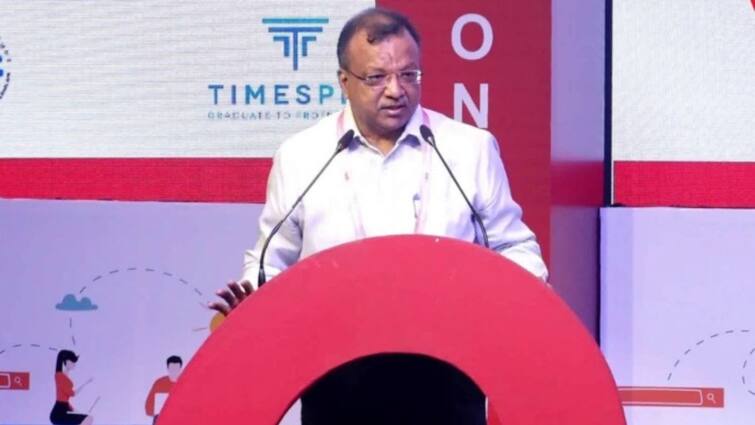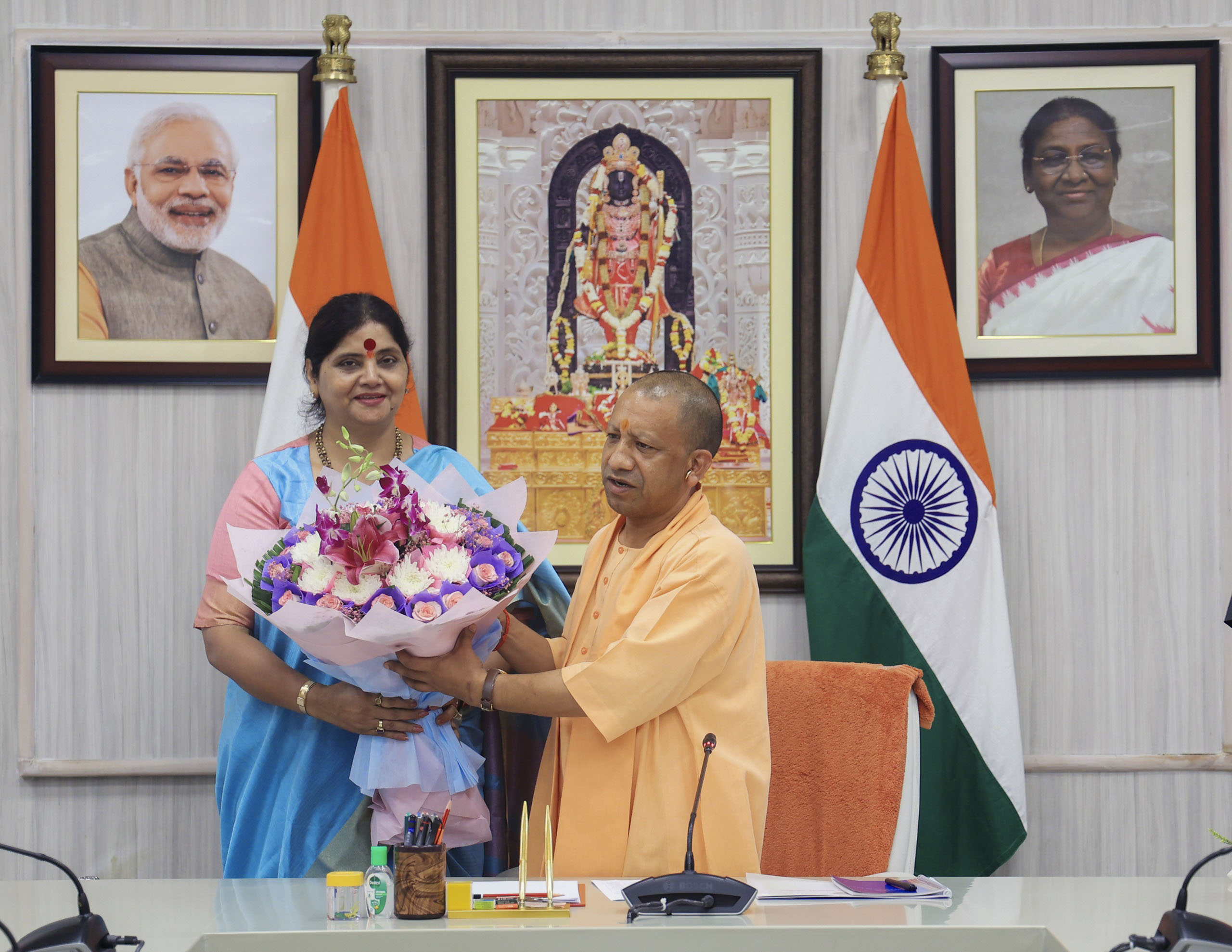)
India’s female workforce participation stands at 24%; motherhood, gender inequality in household work to blame
FirstpostWith motherhood, the chances of women remaining in paid employment do go down. “While there are few entry points for women, the exit gates are many – pregnancy, child care, elderly care, lack of family support, and unsupportive work environment,” said an April 2018 study, Predicament of Returning Mothers, conducted jointly by Ashoka University and the Genpact Centre for Women’s Leadership. It is unpaid care work that constitutes the “main barrier to women’s participation in labour markets”, noted the report. “You cannot address women’s workforce participation without first addressing the amount of unpaid care work they are required to do,” said Afridi. Quoting IBM chairman, president and CEO, Virginia M Rometty, Wilson said: “IBM thinks about diversity the way we think about innovation – both are essential to the success of our business…When we incorporate diversity into our business, we create better innovations and outcomes.” IBM has several programmes designed specifically for returning mothers – from providing an additional six-months’ unpaid leave post the mandatory six-month maternity leave to providing online learning courses and trainings so that employees, particularly women on long leave, don’t become redundant, said Wilson.
History of this topic

Women’s Earnings in India Show Sharp Decline
Deccan Chronicle
Economic imperative of women’s leadership in India’s private sector
Hindustan Times
Significant rise in women workforce participation: Minister Karandlaje
Live Mint
Women are twice as likely as men to be unavailable for paid work
NL Times
Economic Value of Unpaid Household Work in India: A Comprehensive Analysis
The Hindu
67.5% districts empowered women in decision-making, mobility: IIM-A study
Hindustan Times)
Liberating Women: CJI DY Chandrachud says, 'breaking patriarchal barriers leads to achievement & innovation'
Firstpost
Women in Corporate Jobs Love Challenging Projects But Face Challenges After Maternity Leave: Aon
Deccan Chronicle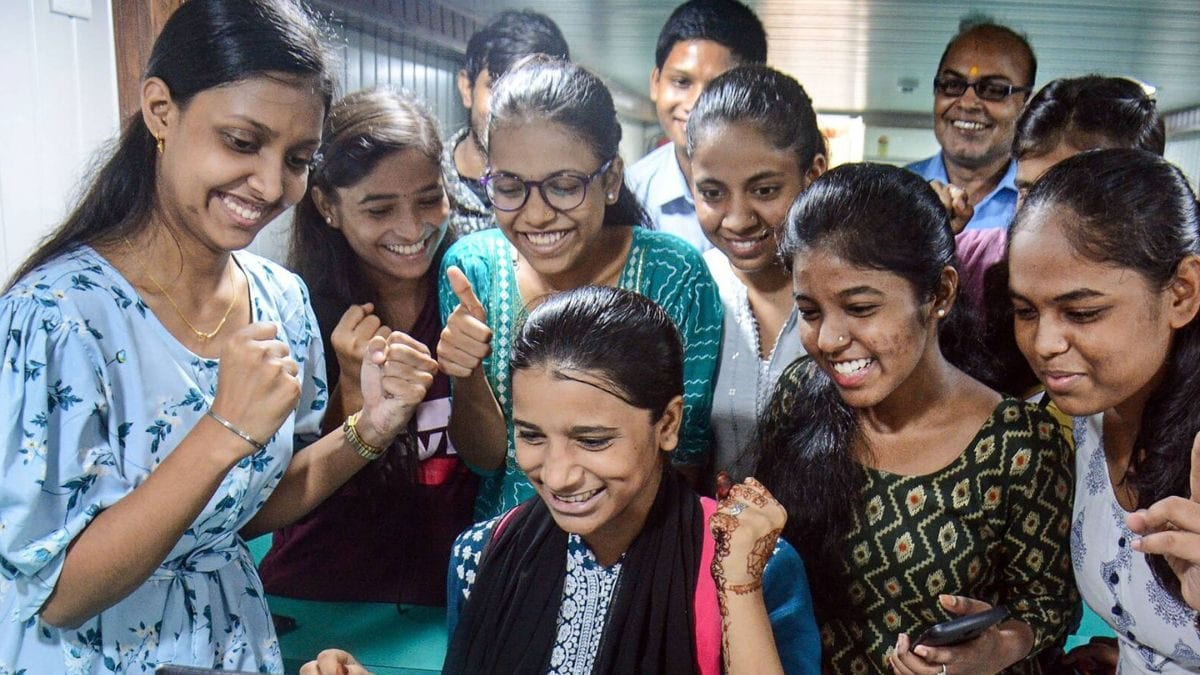
More Than a Social Issue: Why Women’s Empowerment is an Economic Imperative
News 18
Formalising care work can pay gender justice dividends
Hindustan Times
Hand rocking the cradle can change India
New Indian Express
World Economic Forum’s Gender Gap Report 2024: 134 Years to Parity, India Ranks 129th
The Hindu
Reshaping gender roles in India: Improving women’s economic outcomes
Hindustan Times
Lifting the burden keeping Indian women from work
New Indian ExpressFrom women’s unpaid labour to ASHA wages, how are parties addressing the care work economy? | Explained
The Hindu
Rahul Gandhi talks about women’s unpaid domestic labour; netizens applaud: ‘Indian male politician has…’
Live MintFalling percentages, failing work conditions: A deeper look into women’s employment in India
The HinduEmployment scenario in India grim, says ILO report
The Hindu
Despite Significant Jump in Female Literacy Rate, Participation of Women with Advanced Degrees in Workforce Low
News 18The burden of women in construction
The Hindu
The determinant in more women in the job market
The Hindu
India starts survey to assess women participation in workforce
The Hindu
Women are losing out to men in India’s jobless growth
Live Mint
How women's participation in business influences the economy | Explained
India Today
The big threat to India’s demographic dividend
Live Mint
The measure of the working woman
The Hindu
Burden of care work: Gender's impact on the wage gap
Hindustan Times
Closing the gender pay gap in the workforce
The Hindu
Closing the gender pay gap: Strategies for equality in the workplace
Hindustan Times
A silent burden | Who cares for women living with diabetes?
The Hindu
DC Edit | Women's employment a steep challenge
Deccan Chronicle
‘Women short-changed as 65% of weekly working hours ignored in official data’
The Independent
Gender wage gap in Tamil Nadu: Women paid less than men for same work
The Hindu
Women domestic workers of Bengaluru demand fair wages and social security
The Hindu
Are women paying the price as work shifts back to office space?
The Hindu
Bridging the gap: On India and Gender Gap Report
The Hindu
A call to action: How Indian men can support working women’s progress
Live Mint
As India’s population soars above all other nations, fewer women have jobs
LA Times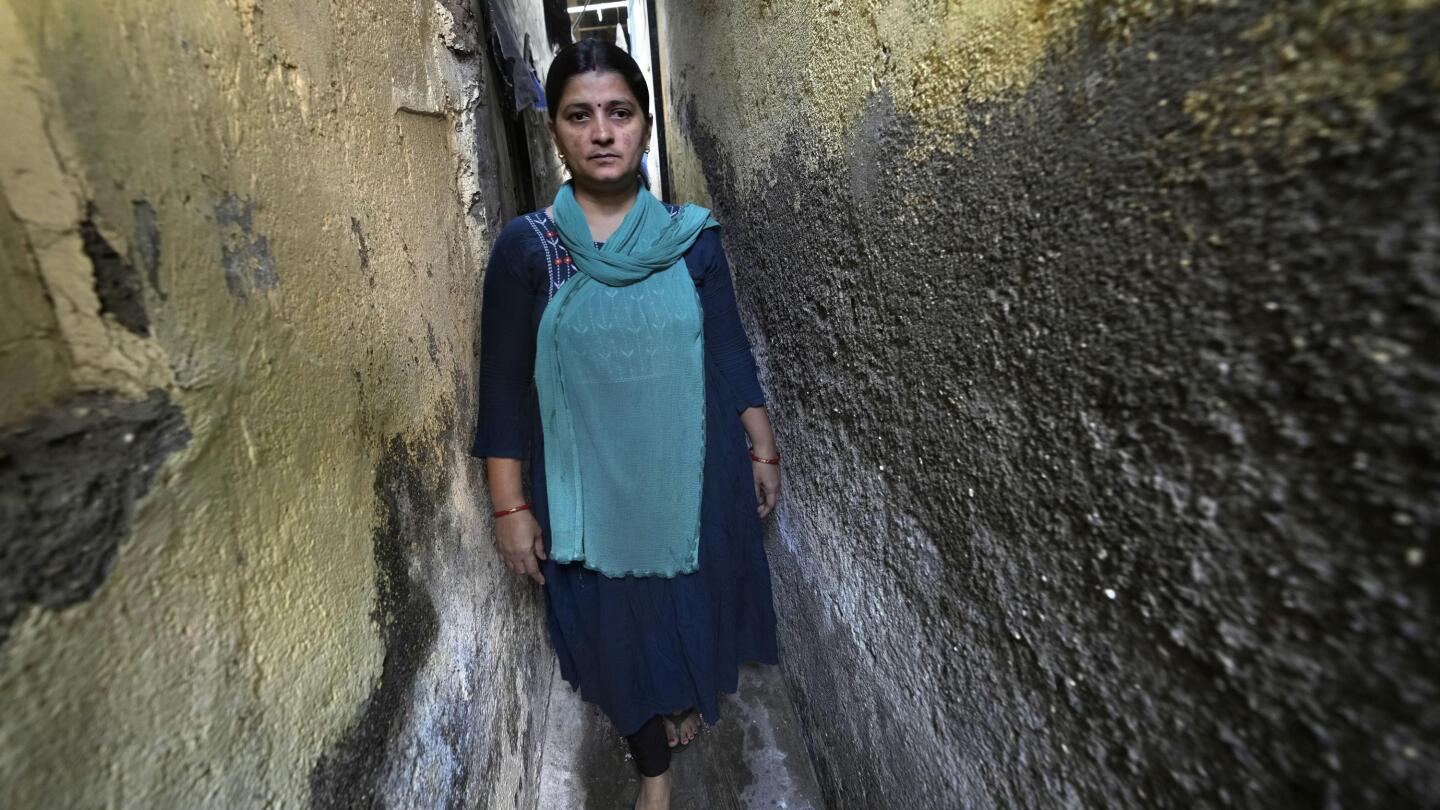
As India’s population soars above all, fewer women have jobs
Associated Press
Analysis | As India's population booms, where are its working women?
The Hindu
Women’s work is not valued properly: Indian development economist Jayati Ghosh
The Hindu
Gender gap at work far worse than expected: United Nations
The HinduWhy women get fewer jobs and earn lesser wages than men in India
The Hindu
Addressing gender inequalities: India needs bold steps
Hindustan Times
Women spend 7.2 hrs on unpaid domestic work compared to 2.8 hrs spent by men: Study
Deccan ChronicleMeasuring women’s work participation: why it is important to get it right
The Hindu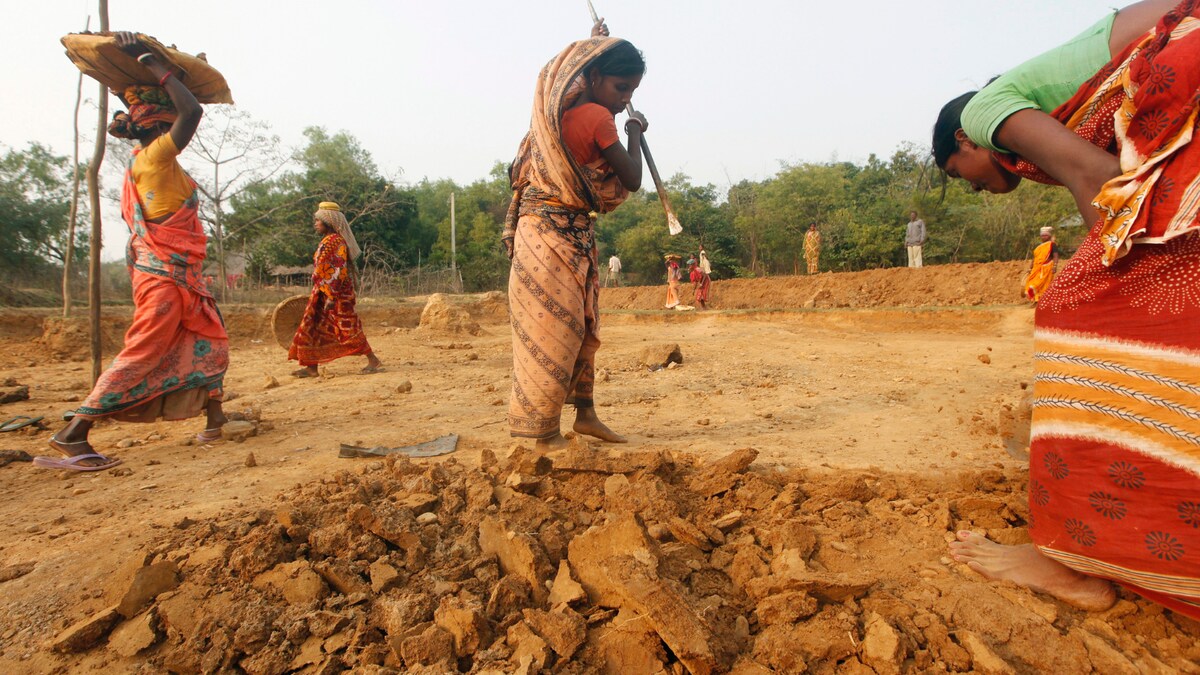
At 56.62%, Participation of Women in Formal Work Under NREGS Highest in a Decade: Govt to Lok Sabha
News 18
What women need to participate in the changing world of work
Hindustan Times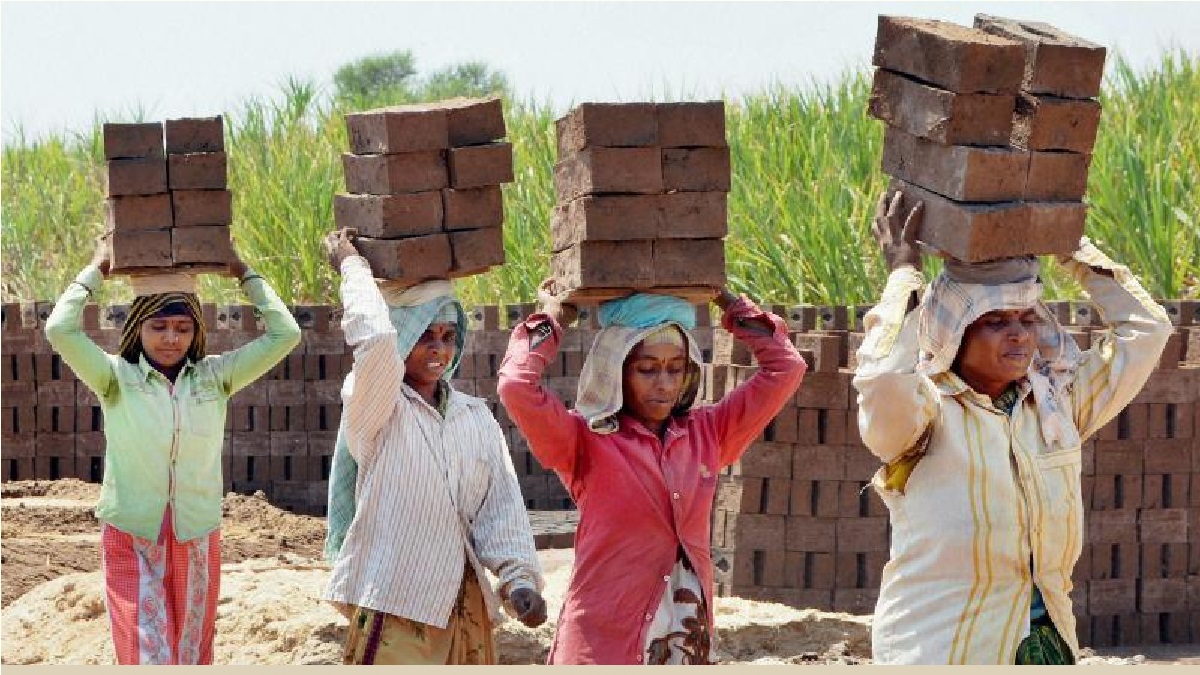
Women workers in informal sector earn 30-40 pc less than their male counterparts: Report
India TV News
Many Can Learn from India's Health Systems; Put Women in Positions of Power: Melinda Gates to News18 - News18
News 18Discover Related



























